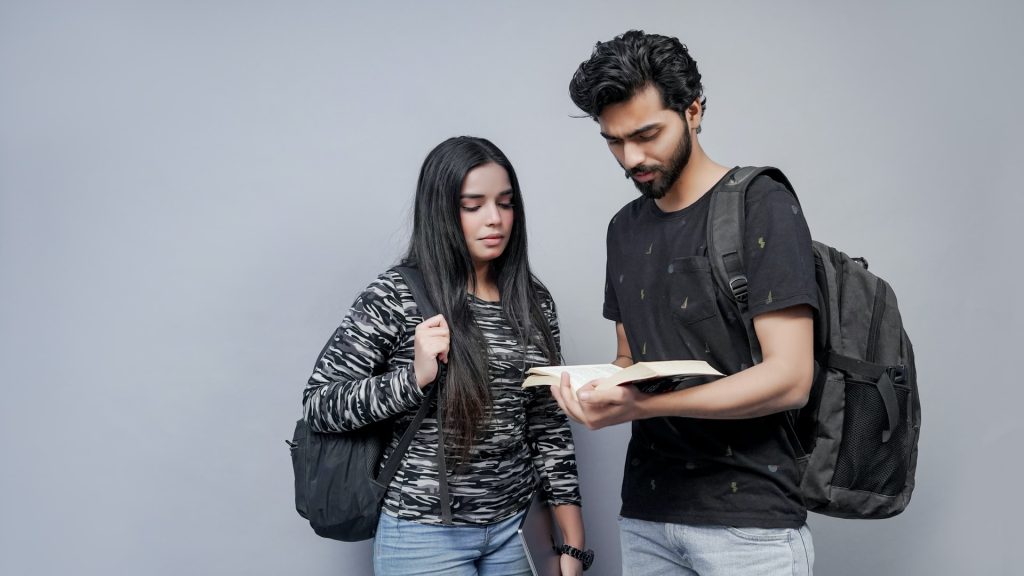When stress becomes distress
Imagine a bucket as representing a student’s ability to cope with the pressures they’re facing. The size of their bucket is influenced by a range of factors, including previous significant life events, genetics, temperament, personality, and family experiences. Stress is like water being poured into their bucket. And there’s no shortage of stress for students.
Some stress is good for us and helps us rise to the challenges we’re facing, but excessive and prolonged stress can be damaging. Distress is the point at which demands have exceeded a student’s capacity to cope.
What does this mean for understanding students in distress?
- Distress is what happens when the amount of water (stress) pouring in has exceeded the capacity of a student’s bucket. A student may then be seeking, in helpful and sometimes unhelpful ways, assistance in reducing the amount of water (stress) in their bucket.
- It’s hard to see inside a student’s bucket until the point of overflow. Big reactions from students have a history greater than the event that triggered it.
- To increase coping, there are actions a student can take to reduce the amount of new water (stress) entering or remove some already in their bucket. Over time, students can also work on increasing the capacity of their bucket, or building in regular ways of reducing the fullness of their bucket.


